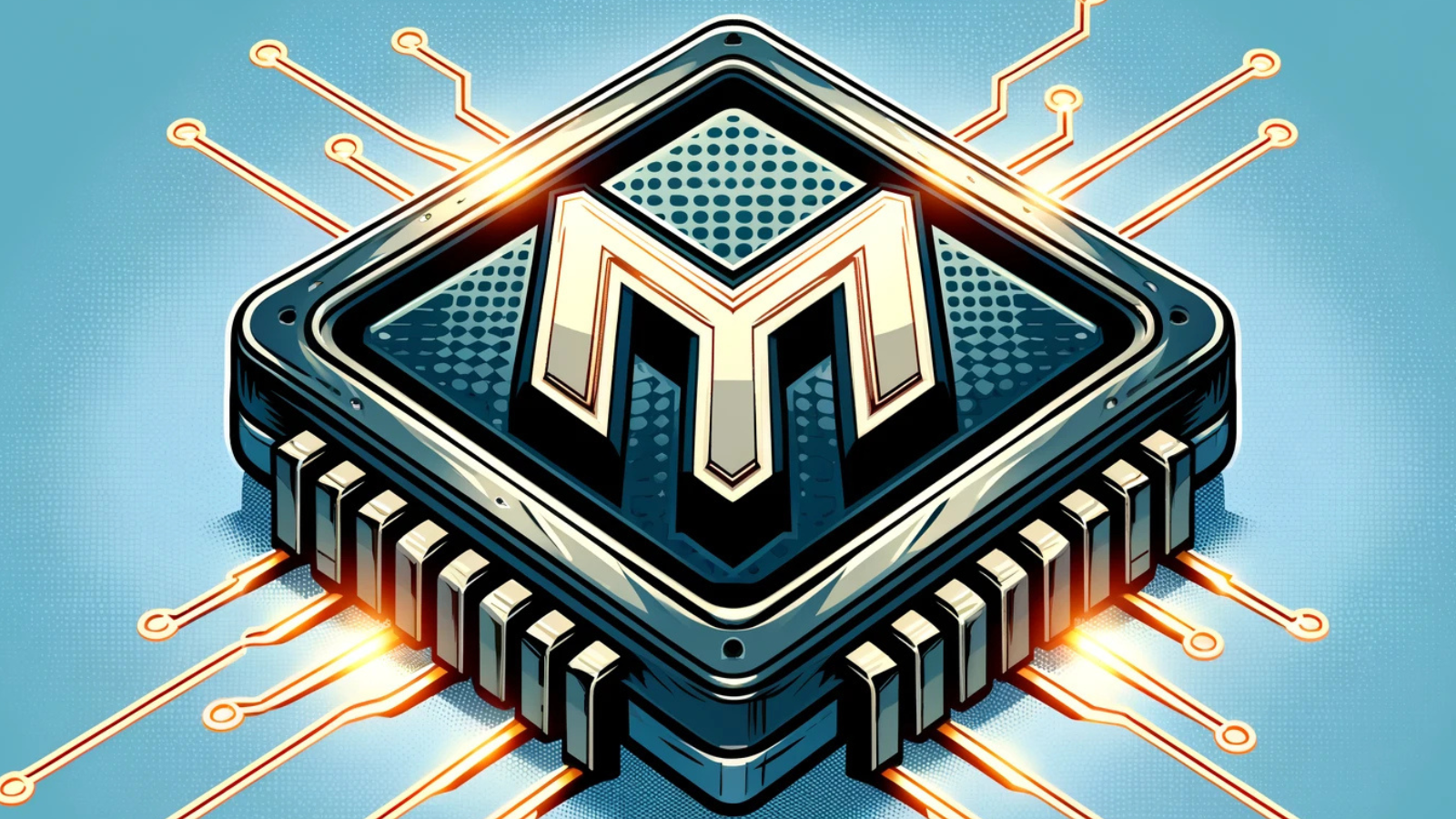Understanding Metaplex: How It’s Transforming NFT Creation and Trading on Solana

The rapid evolution of blockchain technology has given rise to new digital economies, with non-fungible tokens (NFTs) emerging as one of the most innovative applications. NFTs have redefined digital ownership, enabling artists, brands, and developers to create and trade unique digital assets on decentralized networks. Among the many platforms supporting NFTs, Metaplex stands out as the leading protocol on Solana, offering a powerful infrastructure for creators to mint, manage, and distribute digital assets efficiently. Since its launch in 2021, Metaplex has facilitated the creation of over 550 million NFTs across 55 million wallets, making it a fundamental part of the Solana ecosystem.
This research report explores the origins, key components, impact, and future of Metaplex, offering a comprehensive understanding of how the protocol is shaping the NFT landscape.
The Origins and Evolution of Metaplex
Metaplex was founded in 2021 by Stephen Hess, Bartosz Lipinski, Austin Federa, and Nikhil Kumar with the vision of creating a decentralized protocol to streamline the NFT experience on Solana. Initially, the team explored the potential of a decentralized finance (DeFi) protocol but quickly recognized the growing demand for NFT infrastructure. This shift in focus led to the development of Metaplex, which was officially introduced at the Bitcoin Miami conference in 2021.
One of the earliest milestones for Metaplex was the launch of the "Degenerate Apes" NFT collection, a project that showcased Solana's high-speed and low-cost transactions. However, the launch was not without challenges—technical issues arose due to high demand, highlighting the need for scalable NFT minting solutions. In response, Metaplex introduced the Candy Machine, a specialized smart contract that streamlined the NFT minting process. This innovation became a cornerstone for NFT projects on Solana, allowing creators to launch collections with minimal technical expertise.
Since then, Metaplex has continuously evolved, refining its infrastructure to support large-scale NFT adoption. It has introduced new standards, compression techniques, and decentralized indexing solutions to enhance NFT accessibility and efficiency.
Key Components and Innovations of Metaplex
Metaplex's success can be attributed to its robust set of tools and features that simplify the creation, management, and trading of NFTs. Below are the core components that define the protocol:
1. Candy Machine
The Candy Machine is one of Metaplex’s most important innovations, acting as a customizable smart contract that allows creators to mint NFTs effortlessly. This tool eliminates the need for extensive coding knowledge, making NFT creation accessible to artists, developers, and brands. By using Candy Machine, NFT projects can set minting conditions, enforce royalties, and automate the sale of digital collectibles.
2. Collection Standard
Metaplex introduced a standardized NFT framework that ensures interoperability within the Solana ecosystem. Its Collection Standard allows platforms like OpenSea, Magic Eden, and Tensor to verify the authenticity of NFTs through on-chain data. This standardization is crucial for maintaining trust in the NFT space, reducing fraud, and improving the discoverability of digital assets.
3. Bubblegum and Compressed NFTs (cNFTs)
One of Metaplex’s most revolutionary developments is Bubblegum, a data compression technique that leverages Merkle trees to enable compressed NFTs (cNFTs). This innovation addresses the high cost of storing and minting NFTs by significantly reducing the storage footprint of digital assets. For example, minting one million traditional NFTs on Solana would typically cost around 24,000 SOL (approximately $198,190). In contrast, with cNFTs, the cost can be reduced to as low as 10 SOL—achieving cost savings of over 1,000 times. This breakthrough makes large-scale NFT applications feasible for gaming, metaverse projects, and enterprise solutions.
4. Metaplex Aura
To enhance data accessibility, Metaplex developed Metaplex Aura, a decentralized indexing network. Aura enables NFT applications to access on-chain metadata quickly and efficiently, ensuring that marketplaces, analytics platforms, and DeFi applications can retrieve real-time information without relying on centralized indexing solutions.
5. MPL-404: Hybrid DeFi for NFTs
Metaplex has also ventured into decentralized finance with MPL-404, a hybrid DeFi platform designed to leverage Solana’s scalability for NFT financialization. MPL-404 introduces new use cases for NFTs, including collateralized lending, NFT staking, and fractional ownership, bridging the gap between digital collectibles and DeFi protocols.
The Impact of Metaplex on the Solana NFT Ecosystem
Metaplex has cemented itself as the backbone of Solana’s NFT ecosystem, driving innovation and adoption at an unprecedented scale. Its contributions have led to several significant developments:
1. Market Adoption and Industry Integration
Metaplex's standards are widely adopted by major NFT marketplaces, ensuring interoperability across platforms. OpenSea, Magic Eden, and other Solana-based marketplaces rely on Metaplex’s Collection Standard and Candy Machine to verify authenticity and facilitate seamless trading experiences. By setting industry-wide standards, Metaplex has played a pivotal role in unifying the Solana NFT ecosystem.
2. Empowering Creators and Developers
Metaplex has democratized access to NFT creation tools, empowering independent artists, gaming studios, and Web3 brands to launch their own digital asset collections. Through no-code solutions and developer-friendly APIs, the protocol enables users to mint NFTs, attach metadata, enforce royalties, and create custom NFT marketplaces—all without extensive blockchain knowledge.
3. Advancing Web3 Infrastructure
Beyond NFT minting, Metaplex contributes to the broader Web3 ecosystem by introducing decentralized indexing, metadata compression, and financialization tools. These innovations reduce costs, improve data retrieval, and unlock new economic models for digital ownership.
Funding and Future Prospects
Metaplex has garnered significant financial backing, securing $46 million in funding in early 2022. This investment has enabled the platform to expand its capabilities, enhance cross-chain NFT support, and drive innovation in the digital asset space. Additionally, Metaplex has demonstrated a strong commitment to social impact, raising over $1 million to support humanitarian efforts in Ukraine.
Looking ahead, Metaplex aims to achieve several strategic goals:
- Enhanced Scalability: Further optimizing NFT compression and reducing transaction costs to support mass adoption.
- Cross-Chain Expansion: Exploring interoperability with Ethereum, Polygon, and other blockchain networks to broaden NFT accessibility.
- Decentralized Governance: Expanding community participation through the MPLX token, allowing stakeholders to influence protocol development and ecosystem funding.
- Enterprise Adoption: Partnering with major brands, gaming studios, and metaverse projects to bring mainstream users into the NFT ecosystem.
With these developments, Metaplex is well-positioned to remain a dominant force in the Web3 space, offering a robust infrastructure for NFT creation, trading, and financialization.
Conclusion
Metaplex is more than just an NFT minting tool—it is a comprehensive infrastructure layer that powers the Solana NFT economy. Through innovations like Candy Machine, compressed NFTs, and decentralized indexing, Metaplex has revolutionized how digital assets are created and traded. By fostering a more efficient, scalable, and interoperable NFT ecosystem, Metaplex ensures that artists, brands, and developers can thrive in the evolving Web3 landscape.
As the NFT market matures, Metaplex’s role in shaping the future of digital ownership will only grow stronger. With continuous improvements and strategic expansion, the protocol is set to remain at the forefront of blockchain innovation, bridging the gap between creativity and decentralized technology.


